One of the projects that we are publishing in HoCo is the Celosía building in Madrid which like the Mirador building, a few metres away, is a result of collaborative work between Blanca Lleó and MVRDV.
We visited the construction site on three occasions. After the first viewing, we clearly felt that the result exceeded the expectations created by computer simulations and by the precedent of the Mirador building. The project works with collective space at different heights, distributed regularly throughout the whole volume of the building, perforating the closed block to which it is obliged to adapt. Furthermore, a fine layer of polyurethane makes it shine out in the midst of the dull landscape of the new neighbourhood.
Besides this, we had heard talk of a new building system based on moulds...
It was clear that the project had a lot to say about the different scales that we were aiming to deal with in HoCo: the perforation of the traditional closed block, high-rise collective spaces, the typology of social housing with loggias leading to outdoor spaces, and construction using an integral moulding system.
The next step was to get in touch with Blanca Lleó's team, to whom we sent the list of construction drawings, plans and images we needed in order to be able to analyze the project and decide on its definitive inclusion in the publication.
In the questionnaire we requested urban data on coverage and floor area ratio, floor area, urban uses, housing typology (in order to extract the number of residents), ownership system and type of promotion. Furthermore, it was really essential for this book that the authors provide us with the construction costs of the project, since we wanted to order the publication according to those costs. This data can be found on the first double-page spread presenting the work.
In addition, we put special emphasis on unifying the information that we had to receive concerning the adopted construction solutions. To that end, we asked for a breakdown of the façade and roofing components, ordered from the external face to the internal face of the envelope, so that we could analyze and order systematically the construction drawings that we publish. These data appear at the end of the project in a double page showing the materials used in the layers of the façade and those making up the roofing.
Besides this, we have dealt with sustainability requesting a detailed description of the sustainable strategies applied in the implementation of the project, which we present all together in another chapter of the book.
Alongside this data, it was fundamental to have good graphic documentation ranging from the location plan to the specifications. We asked for all the floor plans, elevations and existing sections, plus the construction details. And when the floor plan or the specification we were interested in wasn't available it had to be drawn up. For this reason, we would like to give great thanks to all the participating teams for their patience and the effort they made to provide us with the material in accordance with our needs.
What's more, in the case of the Celosia building, there were no images available for publication and for this reason we had to make two more visits to the building accompanied by the photographer Ricardo Espinosa. In the last visit, we met up with Blanca Lleó, who told us her experience, the vicissitudes of the implementation and the difficulties to put a new construction system into use, helping us to perceive in another way spaces and areas that we had already seen.

a+t's visit to the project

a+t's visit to the project





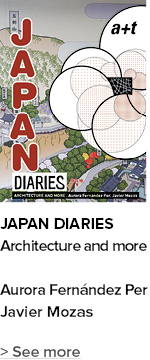




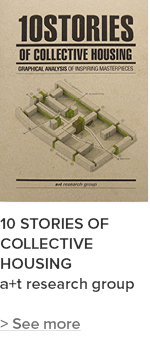

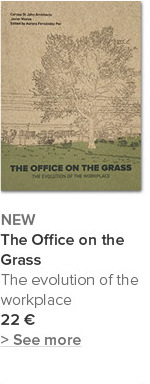

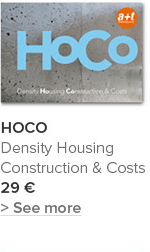

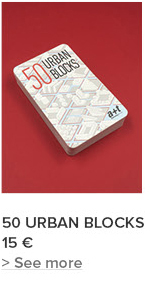
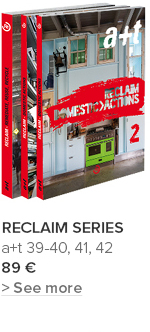

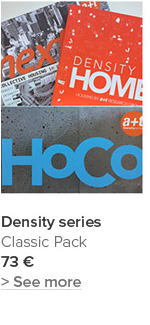








 I've read and agree to
I've read and agree to 


